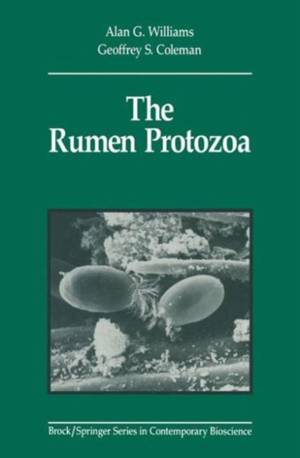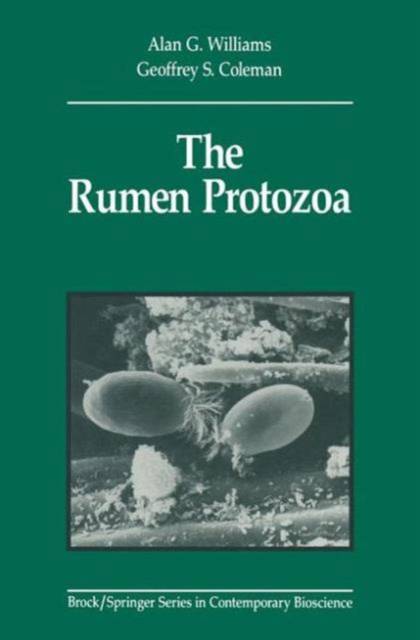
- Afhalen na 1 uur in een winkel met voorraad
- Gratis thuislevering in België vanaf € 30
- Ruim aanbod met 7 miljoen producten
- Afhalen na 1 uur in een winkel met voorraad
- Gratis thuislevering in België vanaf € 30
- Ruim aanbod met 7 miljoen producten
Zoeken
Omschrijving
All ruminants are dependent on the microorganisms that live in their forestomach - the rumen - to break down ingested feed constituents into a form that the host animal can utilize. Protozoa are part of this complex ruminal population and are essential for the nutritional well-being and productivity of the host ruminant. Over 30 different genera (nearly 300 species) of protozoa from the rumen ecosystem have been described since their initial discovery nearly 150 years ago. This book brings together, for the first time, the available information on these protozoa. It comprehensively describes the characteristic anatomical features of value for their identification and includes detailed sections on techniques and methodologies for the isolation and cultivation of these fastidious, oxygen-sensitive microorganisms. Their occurrence, biochemistry, physiology, and role in the ruminal ecosystem are fully reviewed. Particular emphasis is given to potential improvement of the nutrition and productivity of the host ruminant through manipulation of the protozoal population and its activities.
Specificaties
Betrokkenen
- Auteur(s):
- Uitgeverij:
Inhoud
- Aantal bladzijden:
- 441
- Taal:
- Engels
- Reeks:
Eigenschappen
- Productcode (EAN):
- 9781461276647
- Verschijningsdatum:
- 19/09/2011
- Uitvoering:
- Paperback
- Formaat:
- Trade paperback (VS)
- Afmetingen:
- 156 mm x 234 mm
- Gewicht:
- 639 g

Alleen bij Standaard Boekhandel
+ 307 punten op je klantenkaart van Standaard Boekhandel
Beoordelingen
We publiceren alleen reviews die voldoen aan de voorwaarden voor reviews. Bekijk onze voorwaarden voor reviews.








